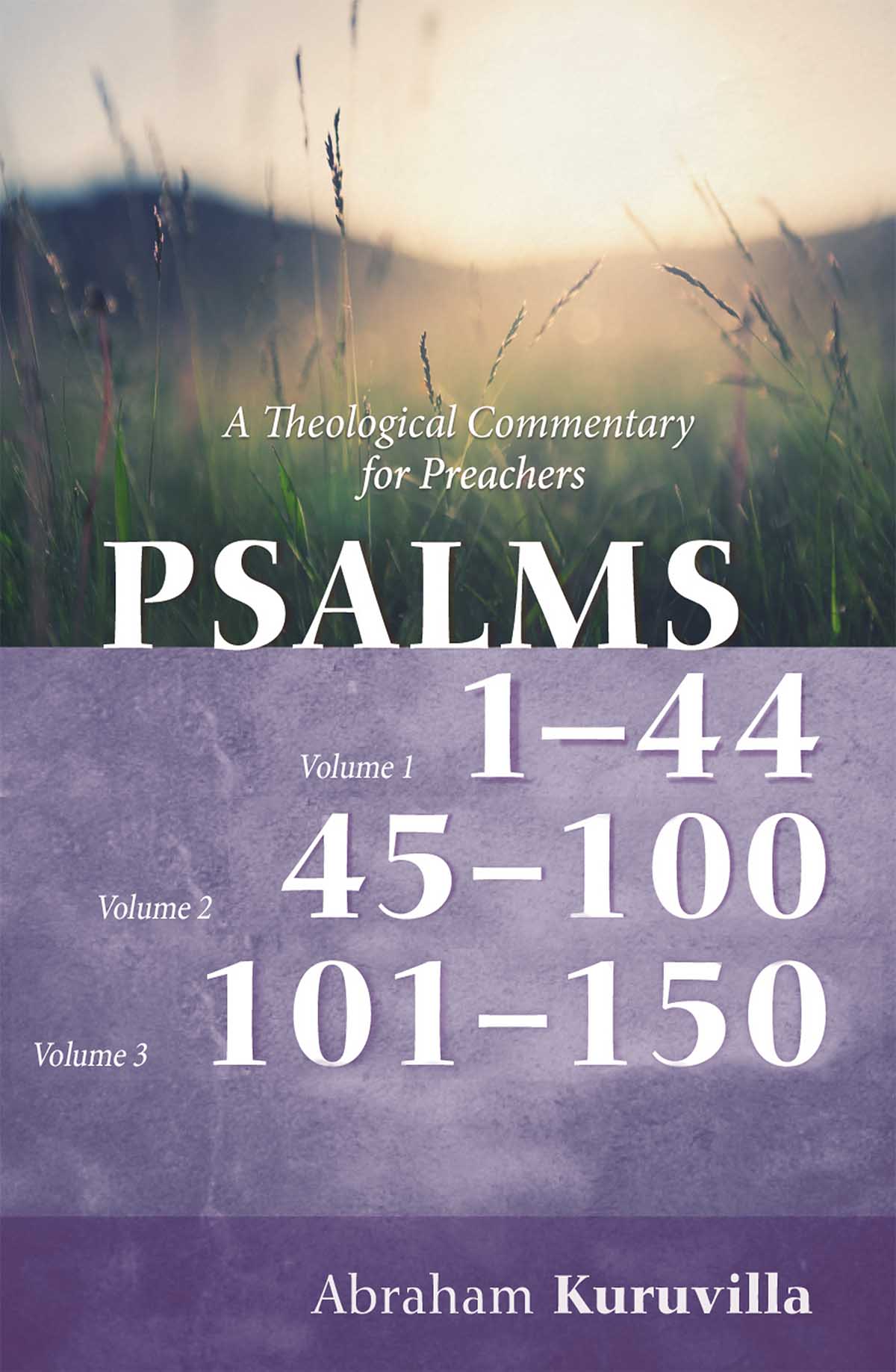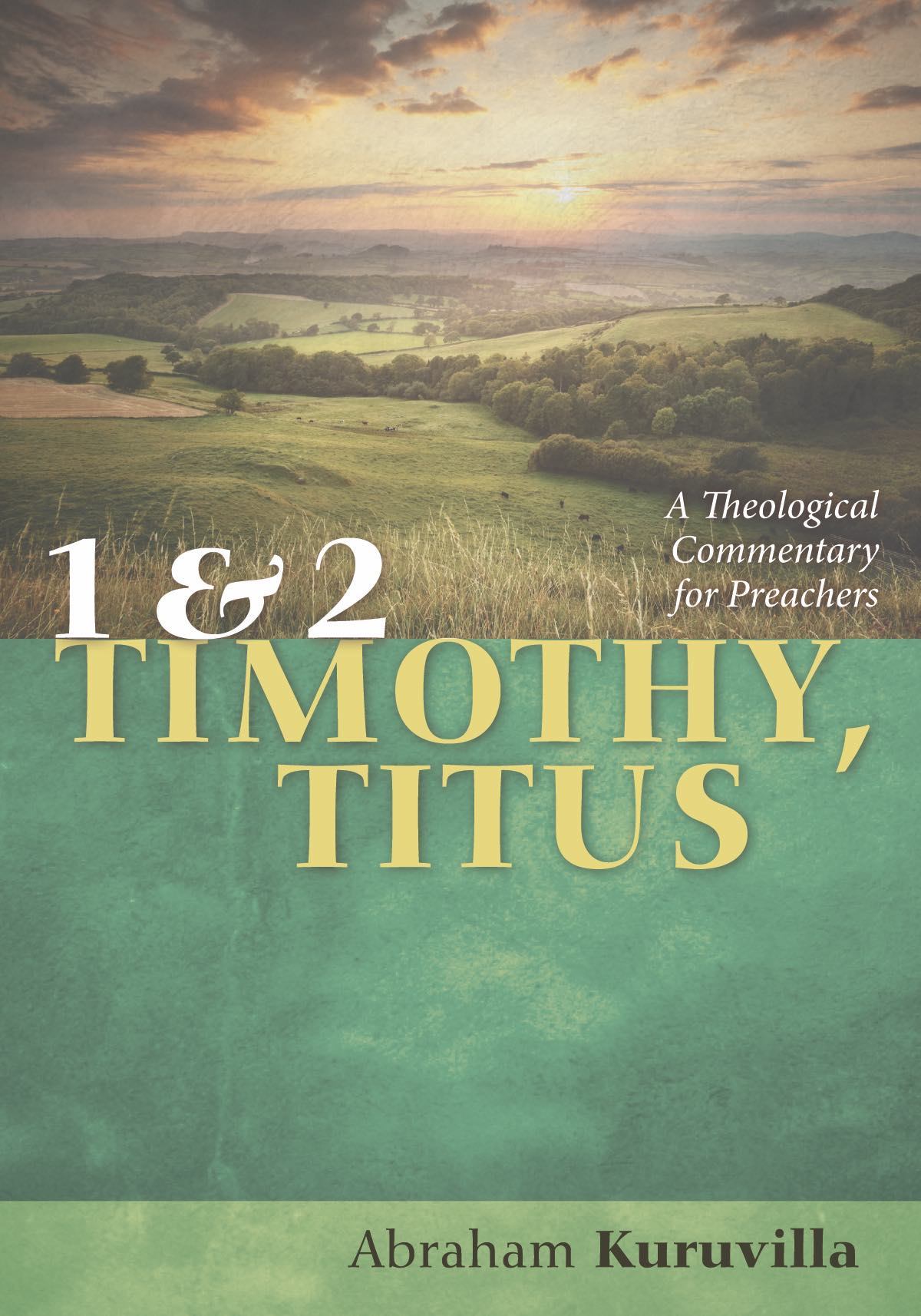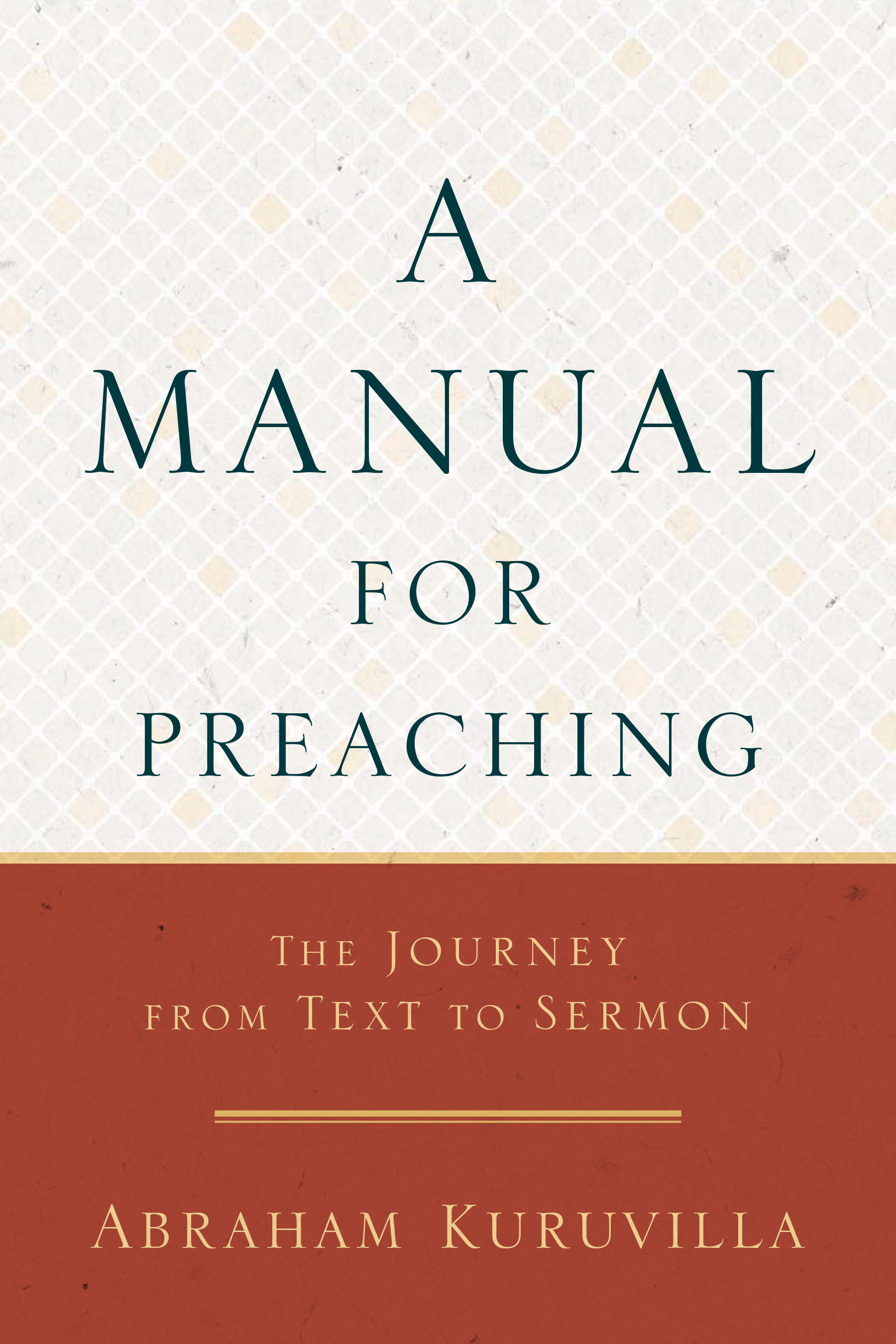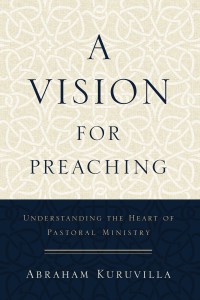The Pericope in Preaching

“Pericope” refers to a portion of the biblical text that is of manageable size for a given preaching event in the worship gathering of the church. In other words it is a preaching text. It is through pericopes, read and exposited in congregations as fundamental units of Scripture, that the community of God corporately encounters the Bible. Indeed, it is impossible to conceive of a gathering of the faithful that does not implement such a reading and interpretation of biblical pericopes.
As was His custom, He entered the synagogue on the Sabbath, and stood up to read. … And He opened the book and found the place where it was written, “The Spirit of the LORD is upon Me, because He anointed Me to preach the gospel ….” And He closed the book, gave it back to the attendant and sat down; and the eyes of all in the synagogue were fixed on Him. And He began to say to them ….
Luke 4:16–18, 20
The reason for the serviceability of pericopes is quite simple: the impossibility of grasping the entirety of the magnificent breadth of canonical thought on any single occasion, within the constraints of time spent in the corporate assemblies, dictates the employment of a smaller quantum of text that may be conveniently read and adequately exposited. Thus, it is as individual pericopes that these portions of Scripture lend themselves to ecclesial use.
Sermon by sermon, pericope by pericope, sermon by sermon, week by week, the various aspects of Christian life, individual and corporate, are effectively brought into alignment with the will of God. The goal of a homiletical endeavor, after all, is not merely to explicate the content of the chosen pericope, but to expound it in such a way that its implications for current hearers are brought home with conviction, to transform lives for God’s glory. Life change is not a one-time phenomenon, and neither is it accomplished instantaneously; it involves a lifetime of progressive, gradual, incremental reorientation and realignment to the demand of God. Such an approach to the edification of God’s people necessitates the use of a unit-sized pericopal block of Scripture, incorporating a single thrust capable of being applied. For the edification of believers, then, the employment of pericopal portions of the biblical text for preaching is of considerable significance.
While the theology of larger tracts of the biblical text have often been the subject of scholarly focus, the theology of smaller plots-pericopes, the units of text demarcated for preaching events-have received hardly any attention. In the next several installments of the aBeLOG, I’d like to talk more about the theology of the pericope.
Martin Luther advised: “One of the books should be selected and one or two chapters, or half a chapter, be read, until the book is finished. After that another book should be selected, and so on, until the entire Bible has been read through.”
Such an approach to Scripture also propagates the conviction that every part of the canon is worthy of exposition. Lectio continua (continuous, sequential reading) requires the interpreter to seek application in every portion of the canon, pericope by pericope, week by week.
Pericopes are not merely conveniently packaged textual units suitable for weekly uptake. Their self-contained and defined nature, their potential use in lectio continua fashion, and their regular and periodic employment in church assemblies for application, all render them as agents of a unique and momentous phenomenon that serves to align the faithful with their God: this is the theological function of pericopes.











 Abe Kuruvilla is the Carl E. Bates Professor of Christian Preaching at The Southern Baptist Theological Seminary (Louisville, KY), and a dermatologist in private practice. His passion is to explore, explain, and exemplify preaching.
Abe Kuruvilla is the Carl E. Bates Professor of Christian Preaching at The Southern Baptist Theological Seminary (Louisville, KY), and a dermatologist in private practice. His passion is to explore, explain, and exemplify preaching.